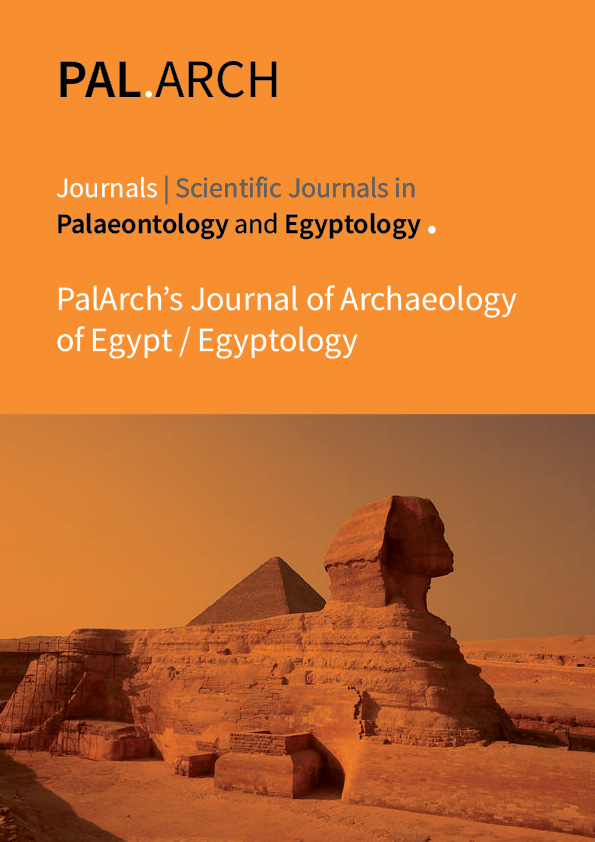Aesthetic Values of Inscription Decoration Executed on Minarets in the Fatimid Period
Keywords:
Micro Business Unit, Competitive Strategy, PerformanceAbstract
The aesthetic value upon which Islamic art relied is considered one of the intellectual and constructive foundations inspired by Islamic philosophy based on the Islamic faith, and that this value necessarily created a suitable climate for the emergence of a distinctive architectural art of a pure abstract character, as the current study relied on (the aesthetic values of the executed written decorations On minarets in the Fatimid period) that highlighted epigraphic decorative elements in the architectural work. The research contained four chapters, the first contained the methodological framework of the current study represented by the research problem and the need for it, which dealt with the problem of revealing the aesthetic and intellectual values of written decoration in Islamic art in general and in Islamic architecture in particular. It also contained the objective of the research. It is concerned with the disclosure of the aesthetic values of the alphabetical decorative units in Islamic art. While within the limits of the research, it was limited to analyzing examples of Fatimid minarets in Egypt for the period (AH 379 / AD 989) - (455 AH / 1085 CE) in Egypt. The second chapter included the theoretical framework, Which contained the first topic titled (Aesthetic Values in Islamic Philosophical Thought) in order to shed light on the categories of beauty among the philosophers of Islam.
While the second topic is marked with the esthetic characteristics in Islamic decoration to focus on the elements of the importance of decoration and its elements in the formation of visual units in art in the Islamic Art. The third topic came under the title (Fatimid style), its formative and aesthetic features, and mechanisms of work in Islamic art, while the third chapter contained research procedures, including the research community, sample, research tool, and methodology. This is in addition to analyzing the adult sample (3) pictorial models of Fatimid minarets. As for the fourth and final chapter, it included presenting the results of the research, conclusions, recommendations and proposals. Among the most prominent results that the researchers reached: The aesthetic values of the epigraphic decorative elements in Fatimid minarets are achieved through the simplicity of their composition and their decorative shapes, which are commensurate with the size of the architectural surfaces on which they are based or that they fill and occupy a large space of them, as in the sample samples (1-2).The artist used in the decoration of minarets several decorations, the most important of which is the calligraphic decoration represented here in Kufic script. It was one of the most beautiful Islamic elements and was used in geometric formations and inside friezes, such as Qur'anic verses, hadiths and supplications. Among the most important conclusions: The mosques, mosques, minarets, and all the decorative elements (written, botanical, geometric and human) and the architectural features of the mosques enjoy a religious status in the Islamic community and world. Islamic art, especially Islamic architecture, is an important art that formed an important and mature stage of the development of Islamic architecture with a concept based on the intellectual and ideological foundations of the Muslim artist in Egypt.
To complete the requirements of the current research and to achieve the benefit, the researchers suggested conducting the studyof aesthetics of decorative units in Fatimid minarets and Ayyubid minarets as a comparative study.



